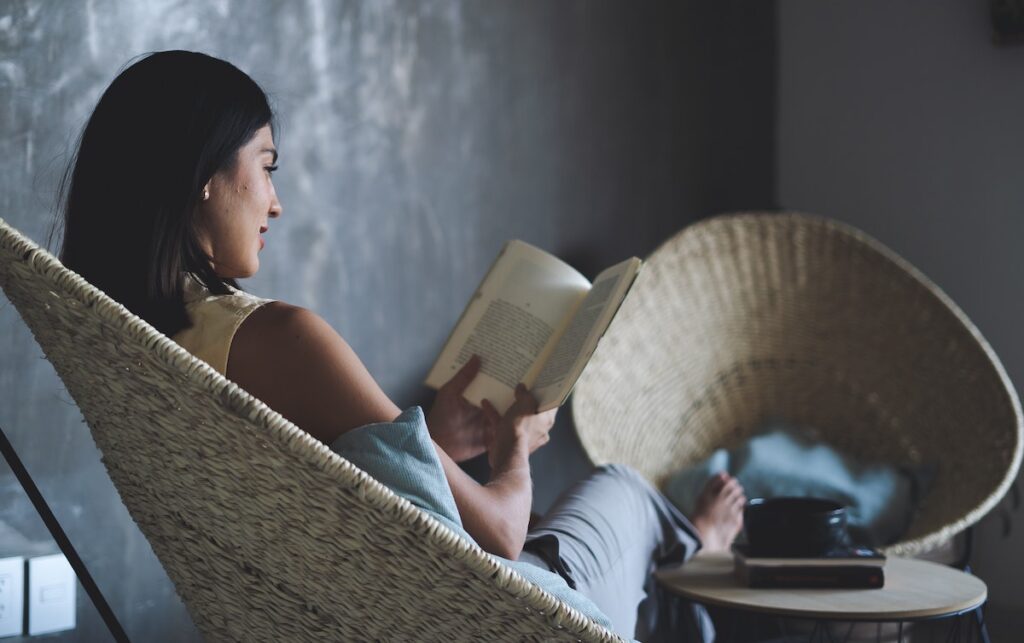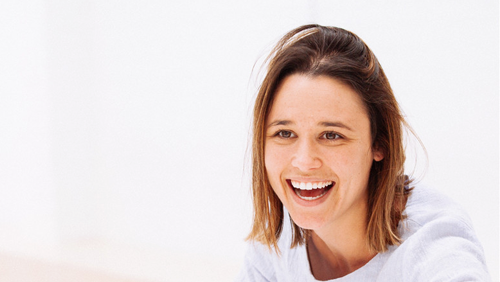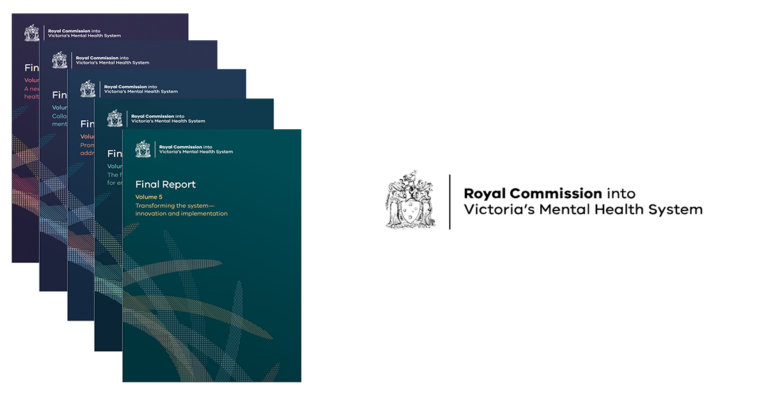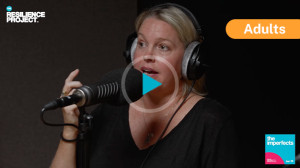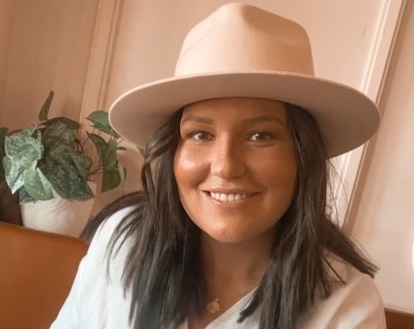As more of us feel increasingly anxious and tired from juggling work and home responsibilities, the terms “mindfulness” and “meditation” are often put forward as solutions – and there’s a reason for it! There are a host of mental and physical benefits attached to these accessible solutions, which include:
- Stress relief
- Feeling happier and more focussed
- Increasing our energy
- Boosting our immune system, and,
- Improving our connection with others and ourselves
Despite our best intentions, we often become unstuck when contemplating mindfulness, especially when the recurring “I don’t have time!” or “I’m too busy!” dilemmas creep in. We know life has a knack of getting in the way of us developing new healthier habits, however it’s often in these busiest times that something as simple as pausing and taking a breath can reap the most benefits.
What’s the difference between mindfulness and meditation?
Let’s start by unpacking mindfulness. Put simply, mindfulness is our ability to be calm and present. When you are being mindful, you are purely paying attention to what’s happening in that given moment.
When we talk about meditation, it is a relatively formal and time-orientated way of practising mindfulness. Helping to explain the difference, Joshua Schultz from Positive Psychology likes to describe meditation as a tool to develop mindfulness.
“Meditation is a practice, and through this practice, one can develop different qualities, including mindfulness. Meditation is one method through which someone may learn to live mindfully.”, he writes.
If we want to achieve mindfulness, or if we set a goal to be mindful, meditation can be the way you get there.
Ways to bring mindfulness into your day.
If you would like to incorporate mindfulness into your daily routine, but the meditation route doesn’t appeal, there are so many other ways you can practise, such as:
- Going for a walk and taking in the sights and sounds around you
- Focussing on a quiet activity like colouring-in or a jigsaw puzzle
- Finding a quiet space and reading a book or really listening to your favourite music
- Controlled and purposeful movement like yoga or stretching
Like so many skills we talk about at The Resilience Project (and being mindful is certainly a skill), our success in being calm and present, and not being distracted by things that happened during the day or the errands we need to run later on, really boils down to practise. Just like any physical activity, it’s important to remember that the best mindfulness activity for you is the one you like doing and you will want to continue doing.
Keen to give meditation a go?
While there are several schools of thought about the ways we should (or shouldn’t) meditate, finding an approach which allows you to reach a feeling of calmness and presence is key to achieving mindfulness.
Here’s one approach that might help to get you started:

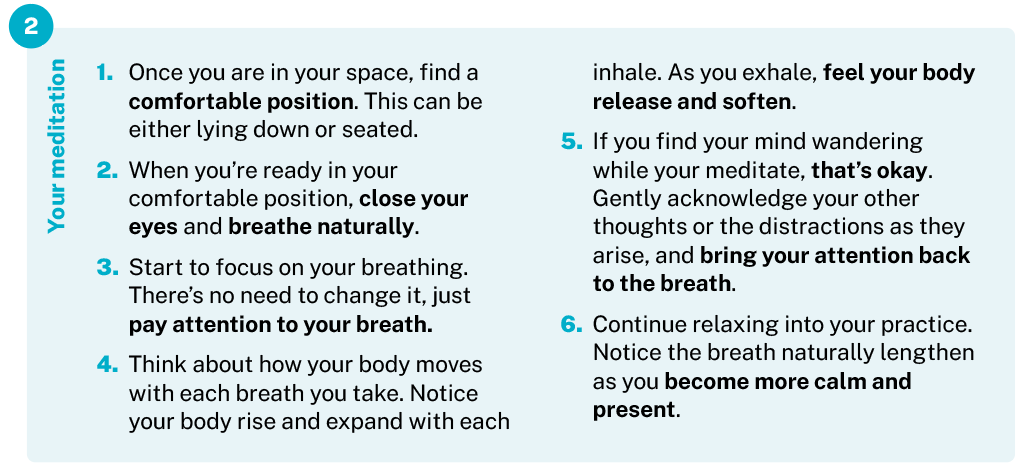

There are no set rules on how long you should meditate for. You may like to start with a few minutes and as you get used to the practice and feel its benefits, move to longer periods of time.
Further reading:
